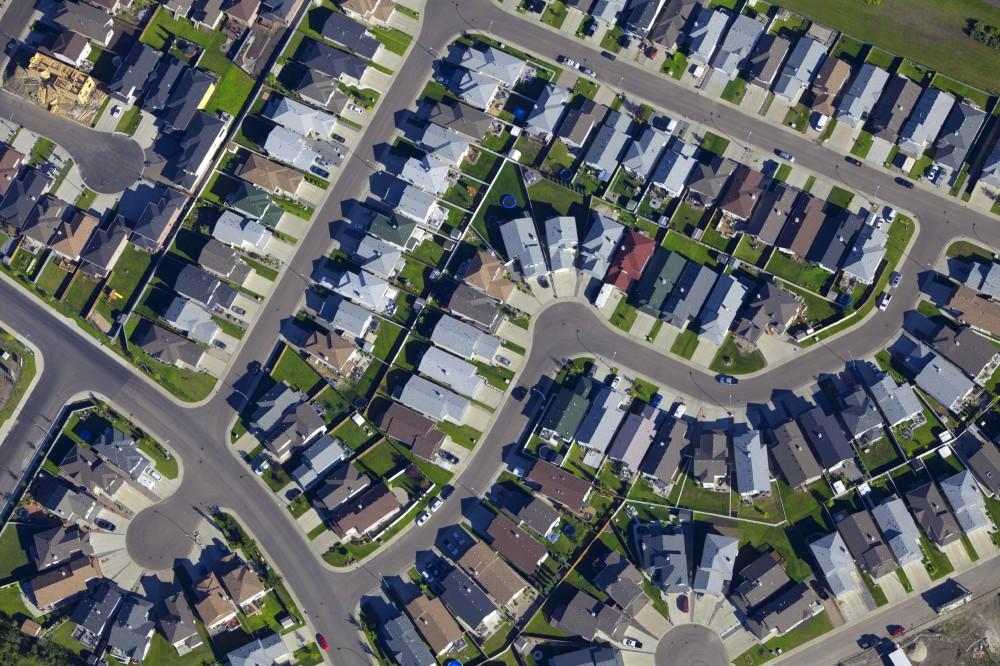America’s Shrinking Middle Class

iStock_000017454042Large
February 10, 2015
In his State of the Union address last week, President Obama once again referred to the middle class as forming the foundation of the United States’ economy. While the composition of the middle class fluctuates constantly, one trend has remained constant throughout the past half century: the middle class is shrinking.
The “middle class” is a somewhat ambiguous term, having both a social and economic connotation. A generally-accepted definition of “middle class” is households earning between $35,000 and $100,000 a year. However, this does not take into account geographical location or household size. This presents several problems because an individual earning $35,000 a year in California would likely have a very different standard of living than someone earning the same amount, but living in the Midwest. Additionally, a household with two or three children likely lives very differently than a single individual with the same income. These (and other) factors, which are unaccounted for, mean that there is an incredible amount of diversity in the actual standard of living of those in the “middle class.”
Fifty years ago, more than half of households in the United States fell into the group earning $35,000-$100,000 a year (in today’s dollars). As this group began to shrink in the 1970’s, most viewed it in a positive light because the shrinkage was primarily caused by individuals rising into higher-income brackets. However, since 2000, the shrinkage of the middle class has been caused most by households falling into lower economic brackets. The Great Recession exacerbated this trend. Michael Strain, scholar at the American Enterprise Institute, explained, “[i]n the Great Recession, we lost a lot of middle-income jobs and we gained a lot of low-paying jobs,” which has increased the economic strains on the middle class.
The composition of the middle class today is starkly different than it was in the late 1960’s. Fifty years ago, 60% percent of the middle class was comprised of “traditional households;” that is, a married couple with children living at home. Today, these traditional households make up a meager 25% of middle class households. This change is partially due to the mass entrance of women into the workforce during the past half-century, which pulled their household income above $100,000.
Perhaps more surprising than the decline in the number of traditional households is the rapid increase in the number of elderly people in the middle class. In 2013, 19% of individuals 65 and older were still in the labor force, almost twice as many as in 2000. The decision to remain working later has led to a 14% rise in median income of households headed by older individuals, while the average median income (overall) has fallen by 9% during the same time. In other words, seniors are artificially propping up the rapidly-shrinking middle class.











